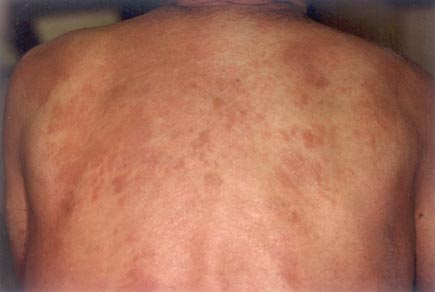Positioning your practice for a new payment system
In 2019, new Medicare incentive programs take effect. There will be 2 avenues from which to choose: participation in an alternate payment model or the Merit-Based Incentive Payment System.
How doctors will be paid will change dramatically in 2019, when new Medicare incentive programs take effect. There will be 2 avenues from which to choose: participation in an alternate payment model (APM) or the merit-based incentive payment system (MIPS). This column will describe how to begin preparing for the MIPS. Next month will focus on APMs.
In the MIPS, payment will be based on value instead of volume. The definition of value will be a continued subject of debate, but suffice it to say that it will be a function of quality, clinical practice improvement, resource use, and use of health information technology. Now is the time to begin the process of positioning yourself and your practice to succeed under this new payment system.
While the Physician Quality Reporting System (PQRS), meaningful use (MU), and Value-Based Payment Modifier (VBPM) programs sunset in 2018, they will be consolidated into MIPS. The transition to MIPS will be relatively easy for those who are participating in MU, PQRS, and VBPM programs because some of the elements and processes are already in place.
For practices that need to get up to speed on these activities, as well as on what is needed for clinical practice improvement, the following activities will help position you to get ready for MIPS:
Quality. While the current PQRS program will continue through 2018, quality reporting in some form will continue after that. In other words, PQRS reporting for 2016 will affect 2018 payments. 2017 will be the first year to report quality measures that will affect payment under MIPS in 2019. Thus, if you are not already reporting, it is important to start now. There are various methods of doing so, including using your EHR or a registry tool, to suit the different needs of diverse practices.
Technology. Practices that have successfully attested to MU (either Stage 1 or Stage 2) using certified EHR systems are well on their way. Use of certified EHR technology will be required under MIPS. If your practice does not currently have a fully implemented EHR, now is the time to jump on the bandwagon. If you already have an EHR but it is not optimized, now is also a good time to figure out what the gaps are and prioritize how to redesign work-flows to meet the requirements.
Resource use. The VBPM program reimburses based on quality and cost; thus, it is designed to be a measure of resource use. Practices that have participated in PQRS will receive payments adjusted up, down, or the same depending on where they fall in relation to the mean, using a combination of claims to measure cost and PQRS to measure quality. (Note that practices that did not participate in PQRS will get an automatic downward adjustment.) This system attempts to adjust based on risk, such that practices with sicker patients are not automatically penalized.
Practice improvement. In this part of MIPS, physicians will get credit for their clinical quality improvement activities, as well as for transitioning to the patient-centered medical home (PCMH) model or the PCMH specialty practice model. Practice improvement activities might include population management, care coordination, expanded practice access, or patient safety and practice assessment. For example, setting up and billing for the chronic care management codes requires monitoring, coordinating the care of, and establishing care plans of patients with specific health conditions.
The most important thing for practices to be competitive and to prepare for MIPS is to continually focus on improving quality and efficiency. The only way to do that is to collect, analyze, and use data about patients, performance, outcomes, and costs.
For more information on quality reporting, go to ACP's Running a Practice webpage. For more information on value-based payment, go here. For more information on meaningful use, go here. ACP's Practice Advisor is an affordable, self-paced, interactive practice improvement tool to help practices work on many of these aspects. To become part of a Practice Transformation Network, a peer-based learning network designed to coach, mentor, and assist clinicians in developing core competencies specific to practice transformation, go here.




